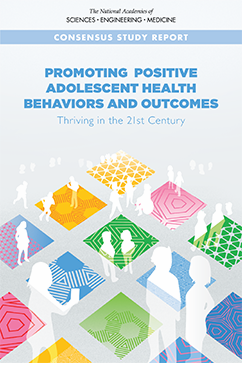1. FP-19-27 Marriage to Divorce Ratio in the U.S.: Demographic Variation, 2018
2. 30 Core Disagreements Couples Encounter
Grant Hilary Brenner MD,
3. 'I haven’t seen a healthy version of marriage': children of divorce on the lasting impact
4. 4B is the feminist movement persuading South Korean women to turn their backs on sex, marriage and children
Agence France-Presse
OR
AFP, SEOUL
5.Marriage and pregnancy reduce crime
By STAR PARKER
6. Allegorical Maps of Love, Courtship, and Matrimony
The Public Domain Review
7. Launching the Navy Family Support Program: A Heartfelt Blend of History and Memoir (Kindle Edition)
by Ann O'Keefe (Author)
8. Call for Articles: Low-Income Families in the 21st Century
Deadline: Jan. 7, 2020
9. For richer or for poorer? The economic case for marriage is worth remembering
Paul Ormerod
10. Family Strengthening Research (FY2018)
OPRE/ACF
OR
11. 2020 Census Will Help Policymakers Prepare for the Incoming Wave of Aging Boomers
12.
|
|
13. Evaluating the success of President Johnson’s War on Poverty: Revisiting the historical record using a full-income poverty measure
14.
Promoting Positive Adolescent Health Behaviors and Outcomes: Thriving in the 21st Century | ||||
 Adolescence is a period of immense growth, learning, exploration, and opportunity during which youth develop the knowledge, attitudes, and skills that will help them thrive throughout life. While most youth traverse Adolescence is a period of immense growth, learning, exploration, and opportunity during which youth develop the knowledge, attitudes, and skills that will help them thrive throughout life. While most youth traverseadolescence without incident, some need additional support to promote their optimal health. Sometimes such support comes in the form of prevention or intervention programs designed to encourage healthy behaviors that will follow the adolescent through adulthood. A committee of the National Academies was asked to identify the key elements that help make these programs effective in improving outcomes for youth. While limited research prevented the identification of a set of key components, the committee’s review of available evidence did reveal the strengths of population-wide programs that consider adolescent risk taking as normative, support social-emotional learning and positive youth development, and are provided from childhood throughout adolescence. The committee’s report urges federal agencies to support these programs, as well as further research to enable the identification of core components of effective interventions. Download the report | Read the summary | Read the Highlights | Brief for Policymakers | Press Release |
||||
Thanks.
Bill



 email signature
email signature